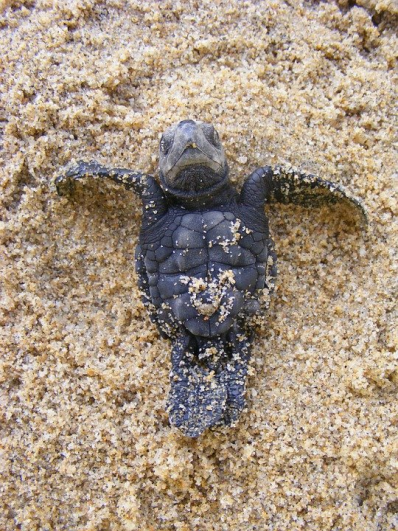Commas to clarify meaning: olive ridley turtle
The Grammar Bit!
The correct placement of a comma within a sentence is very important. Incorrect placement can lead to confusion (ambiguity) for the reader and means they may not understand the text as intended by the author.
Read sentence 1A. Note where the comma is placed and discuss the meaning behind the sentence. Sentence 1B is worded exactly the same but the comma has been moved. How has this changed the meaning of the sentence?
Discuss the second pair of sentences. What has changed when writing them and how has this affected the meaning of each?
In sentence 3, decide with your talk partner where you would add commas to the list so that the different prey items are clearly separated.
Scintillating Sentences
1A) Where one leads, others follow.
1B) Where one leads others, follow.
2A) I preferred watching the turtle, who moved slower than the vulture.
2B) I preferred watching the turtle, who moved slower, than the vulture.
3) The olive ridley sea turtle is carnivorous and common prey items include jellyfish sea urchins shrimp rock lobsters fish eggs and crabs.

Did you know?
Whether a turtle hatches as male or female depends on the temperature of the sand in which the egg incubates. The warmer the sand, the more female turtles hatch.

